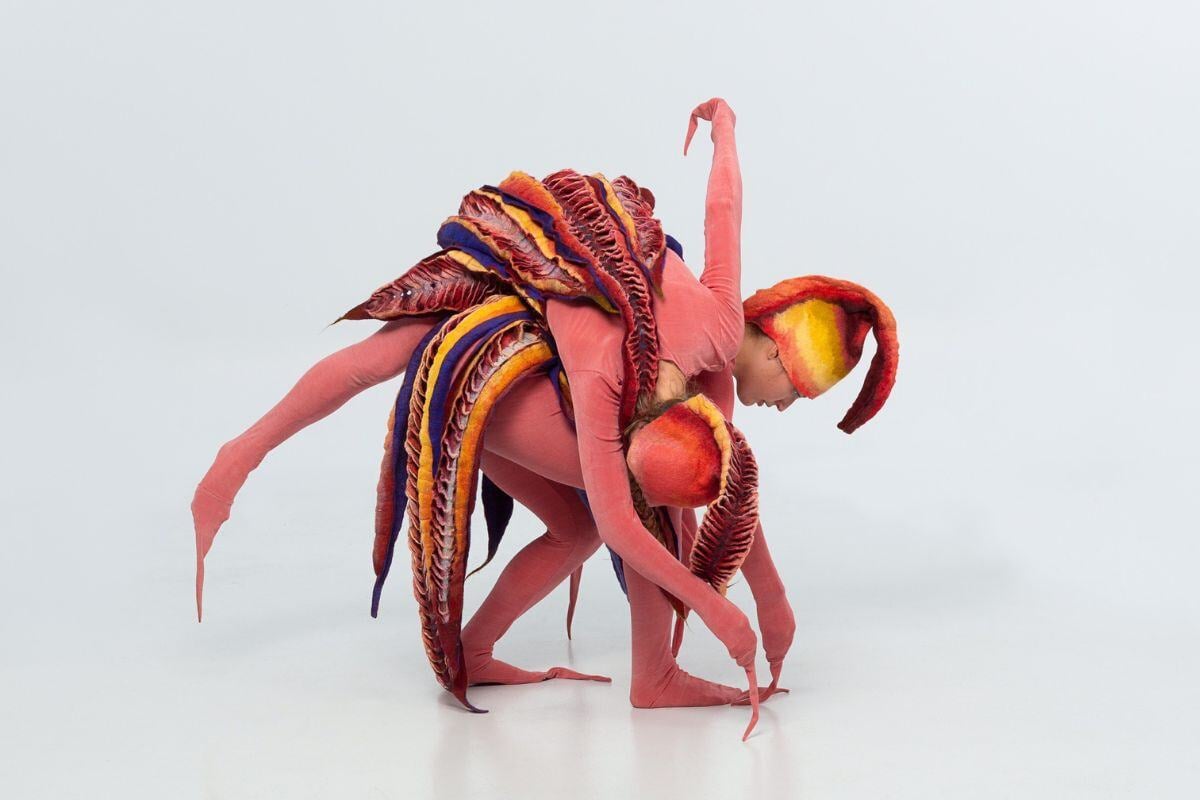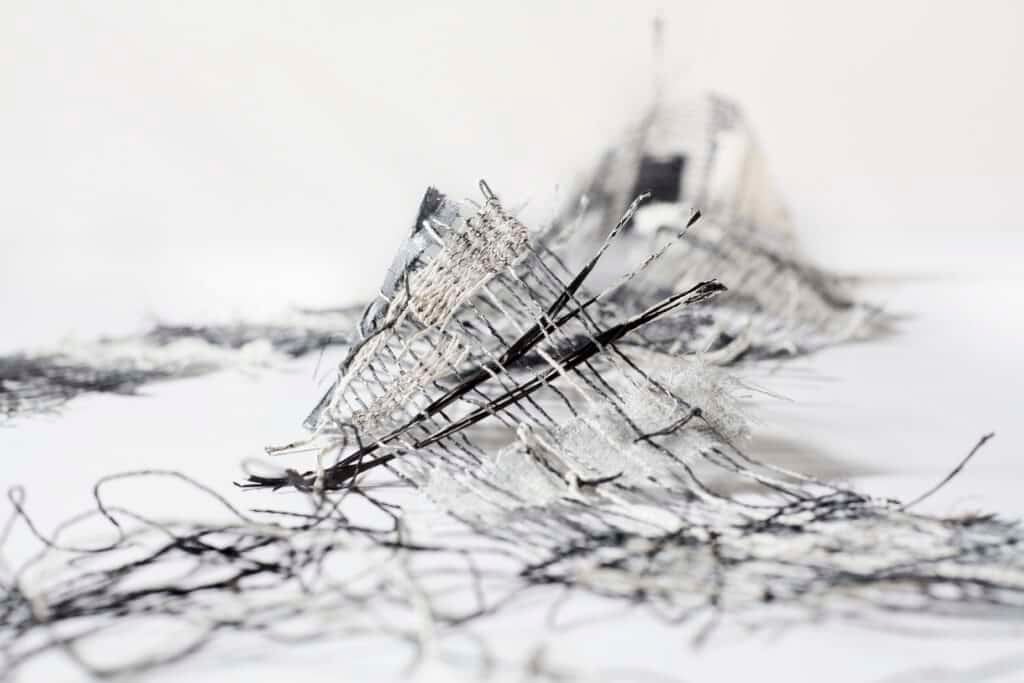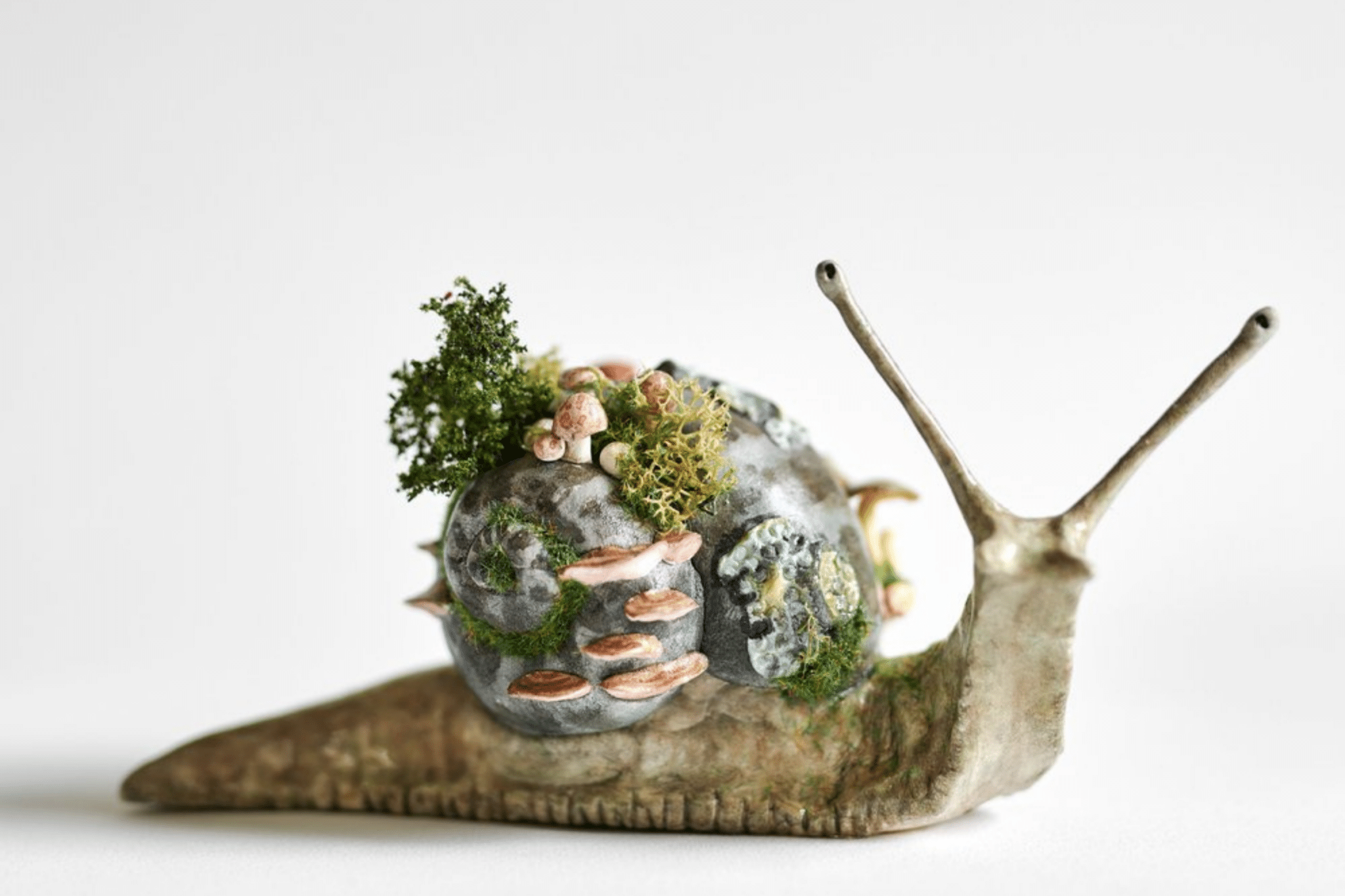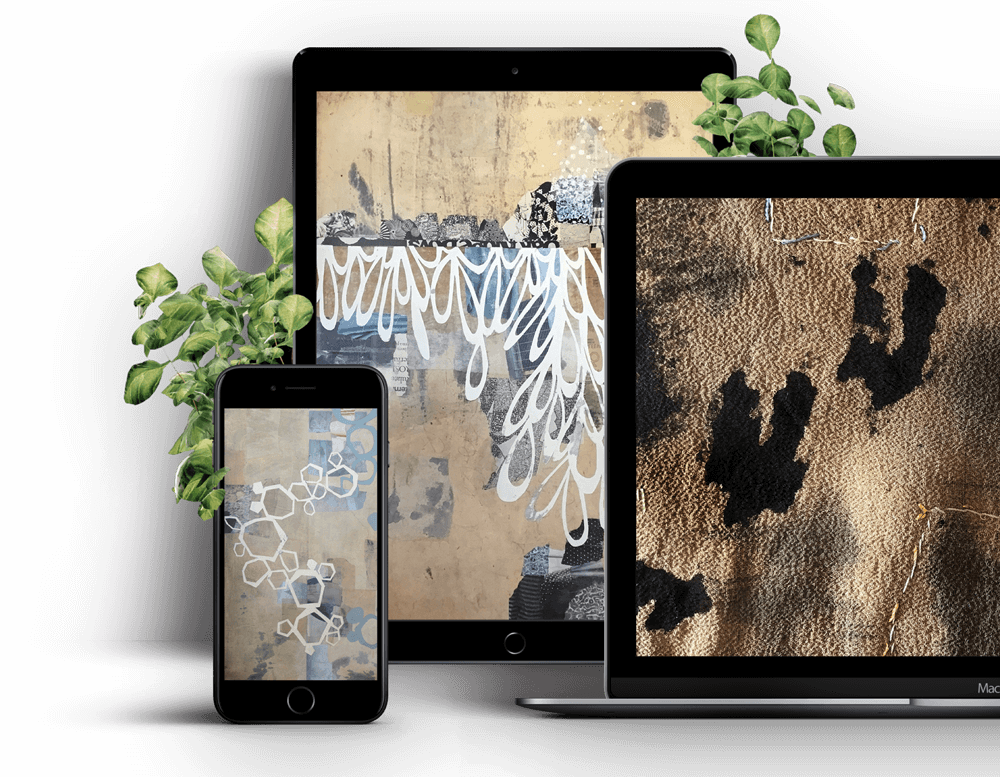Zara Muradyan: After The First 100
Zara's Friday Feature Artist Interview can be found at the bottom of this page.
Zara Muradyan is a mixed-media artist whose journey in art is as rich and layered as her
creations. Zara's work is a symphony of Earth pigments and fibres, a testament to her
deep engagement with ancestral materials and her commitment to environmentally
conscious practices. Her art transcends traditional boundaries, weaving together the
tangible and emotional, the personal and the universal.
Born in Armenia, and now residing in Maryland in the USA, Zara’s journey has been
nothing short of extraordinary. She gained a Bachelor's Degree in Art and Education
before heading to Italy to pursue her Master's Degree. But fate had other plans as she
honed her skills by fully immersing herself in the world of art, sketching and sculpture in
Florence. Recently, her artistic expression became a healing force during a challenging
health crisis, leading her to create what has been described as emotional landscapes.
Fibre Arts Take Two explored Zara’s journey with her and learned about her life, her art
and the value of repetition.
Early Days
Zara has trained professionally to get where she is today, “I started my education in
fashion merchandise,” she says, “and that's where I discovered my talent. I did a lot of
fashion-influenced illustrations after I started my Bachelor's Degree in Art. I’m a
classically trained artist who is very much inspired by the mechanics of the human body,
how it works in motion. For me, everything else felt boring, I felt like we can always
control facial emotions, we can not show anything. However, body language never lies.
So I was intrigued by that subject.”
Fibre arts were not a part of Zara’s early work, “I was constantly moving towards
sculpture, or just sitting and sketching. My favourite practice would be sitting
in a park and just sketching random people passing by and coming up with my own
stories for them.”

Finding Fibre Aarts
Although art was always in Zara’s life, it was a while before she settled on fibre arts.
Before this, she found herself moving around the world, “First my motherland, Armenia,
then to Italy, and then a short period in Denver, Colorado, then we permanently moved to Maryland,” she says, “So it was a lot of sort of breaks between my art practice and I
consequently did something commercially on the side. When we moved here, in 2018, I
was diagnosed with cancer so I had to put my well-being on my priority list. Then I
discovered the slow art movement, which I'd never heard of before. You just take your
time to sink in one artist's work at a time, not rush, and not be constantly producing. I
was trying to fight toxic productivity, because when you have that, but you don't have an
ability, you need to figure out for yourself, ‘How is it that I'm going to be moving forward
with it? I do want to practice art. So it was my ticket to the fibre arts.”
Classical Art
Zara is heavily inspired by the old masters like Leonardo Da Vinci, “I've noticed one thing
in his work when it comes to portraiture,” she says. “Yes, he was a master of the light
and shadow. However, he would highlight and keep the narrative together by tying it up
with the landscape. At first, I thought the landscapes and in general the background was
not necessarily important. And I felt it was a boring subject and then when I saw his
work. I saw the meticulous way he took the time to draw it and I felt like it is important to
draw down the space first, the place the background, and then put the story in there like,
‘This is the place and who belongs in here? What kind of story do I want to tell in this
particular undefined space?’”
100 to 300 Times
Zara says she learned an amazing lesson from a gifted lecturer years ago, “During the
graphic drawing classes he would insist we do at least 100 to 300 sketches
of the same exact object or a person that was sitting in front of us. When you're 20 years
old, you don't you don't want to do 100 or 300 of the same thing over and over and over.
Why do you want us to? Why are you insisting on this? So he told the most genius thing
that I took to heart and just kept with me up until now, and I'm applying it to my stitches
as well. He told us - When you're doing the first 100 sketches, your brain is automatically
generating the things that you've already seen. After 102 sketches, the brain stops
generating, it gets tired of it. So you need to keep going until your true identical marks
will surface. Some people will take about 100 sketches to start doing their own authentic
marks and for some it takes 300 to 350. But the brain does that magic to you. So keep
on doing samples and just just don't give up.”
Zara, still uses this technique, “When it comes to stitches you're doing that repetitive
stitch over and over and over, and it's very easy to achieve the 100 to 300 stitches, then
all of a sudden you start generating new ways to explore this stitch further. In so many
ways. It's abstract, but I think it's more exploratory for me. It's always exploration. What
can I do with it? How far can I push? Where can I go with it?”
Letting Nature Shine
Zara sees art as, in part, the artist's prescription of the world, “When you are loud, and
you are not spending enough time looking, you will be dismissing so many small but
beautiful details,” she explains. “So I'm a silent witness. It's not thinking of nature as a part of
day to day, but highlighting it and giving it the main stage to shine and and looking at it
through my window as the main event as something that is happening. And it's beyond
my control. And I don't want to change anything about it.”
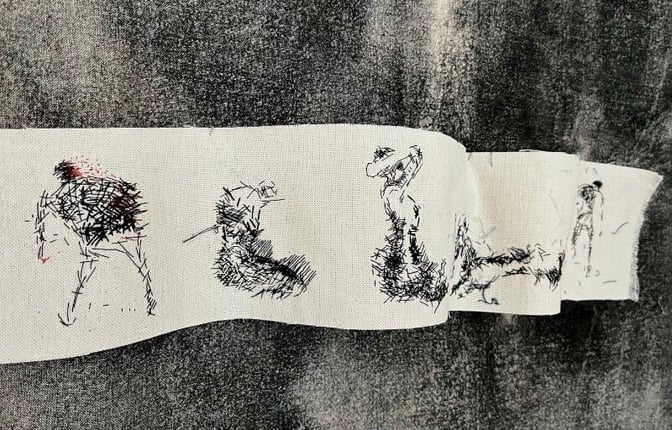
About Zara Muradyan
Zara Muradyan is an interdisciplinary artist born in Armenia.
Currently based in Maryland, United States of America, she explores a wide range of
artistic mediums and topics in her work.
Zara has a passion for observing and capturing the essence of art from different periods
and cultures. Her artwork combines the love of fibres and fine arts and Zara aims to
create visually captivating pieces that provoke emotional responses.
Her work is influenced by her multicultural background and inspired by the fluidity of her
memory and thoughts. Being a silent witness to an active dialogue between her
emotions, thoughts and memories that informs her artistic response, Zara is not seeking
solutions in her work, but illuminating and distilling how her sight and feelings impact the thought.
You can see Zara’s latest work on Instagram.
Notifications
Join Our Newsletter
OUR YOUTUBE CHANNEL
View our interviews and more on our Youtube channel!
OUR FACEBOOK GROUP
Join our Community and stay updated with our upcoming announcements!

